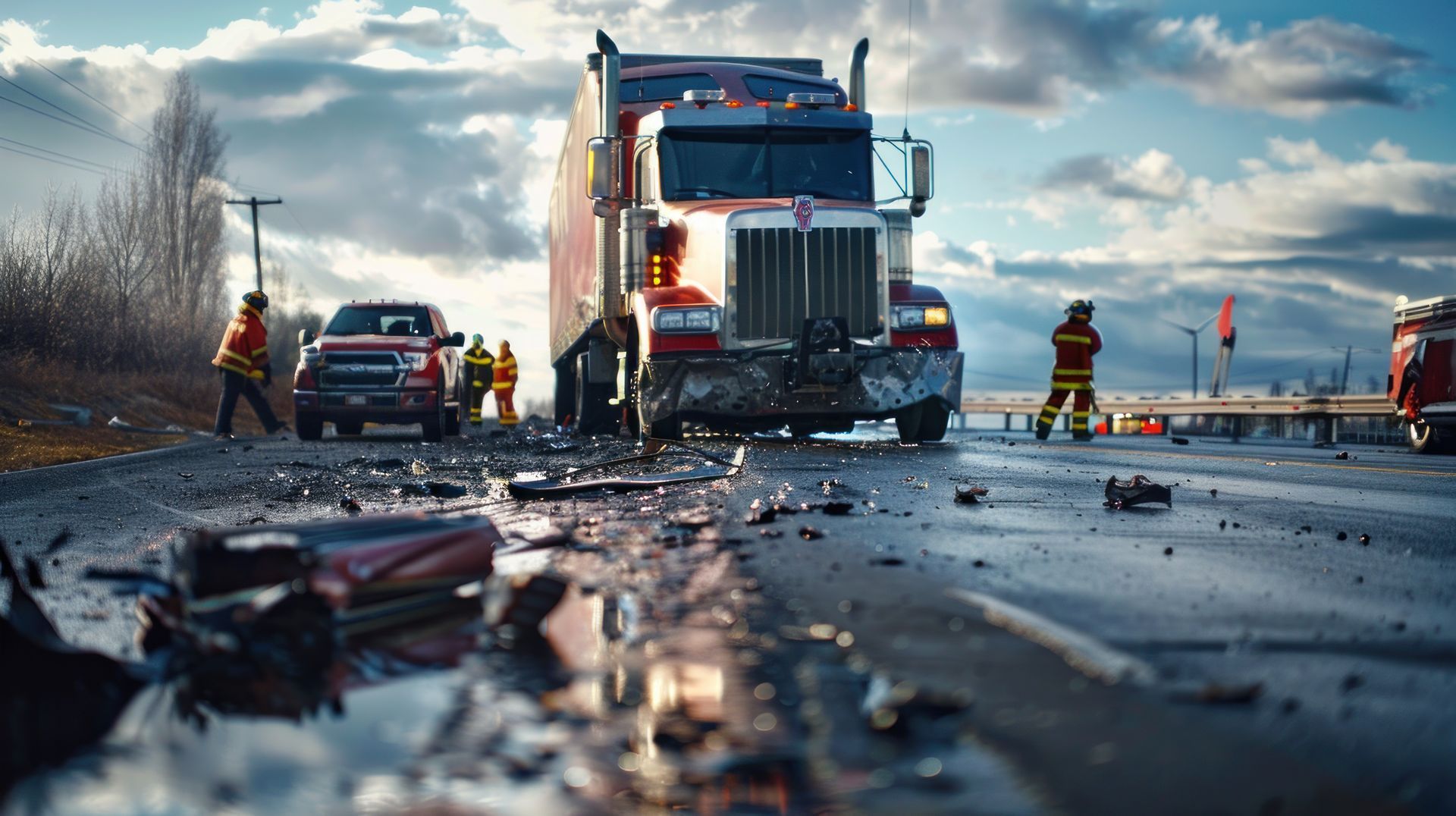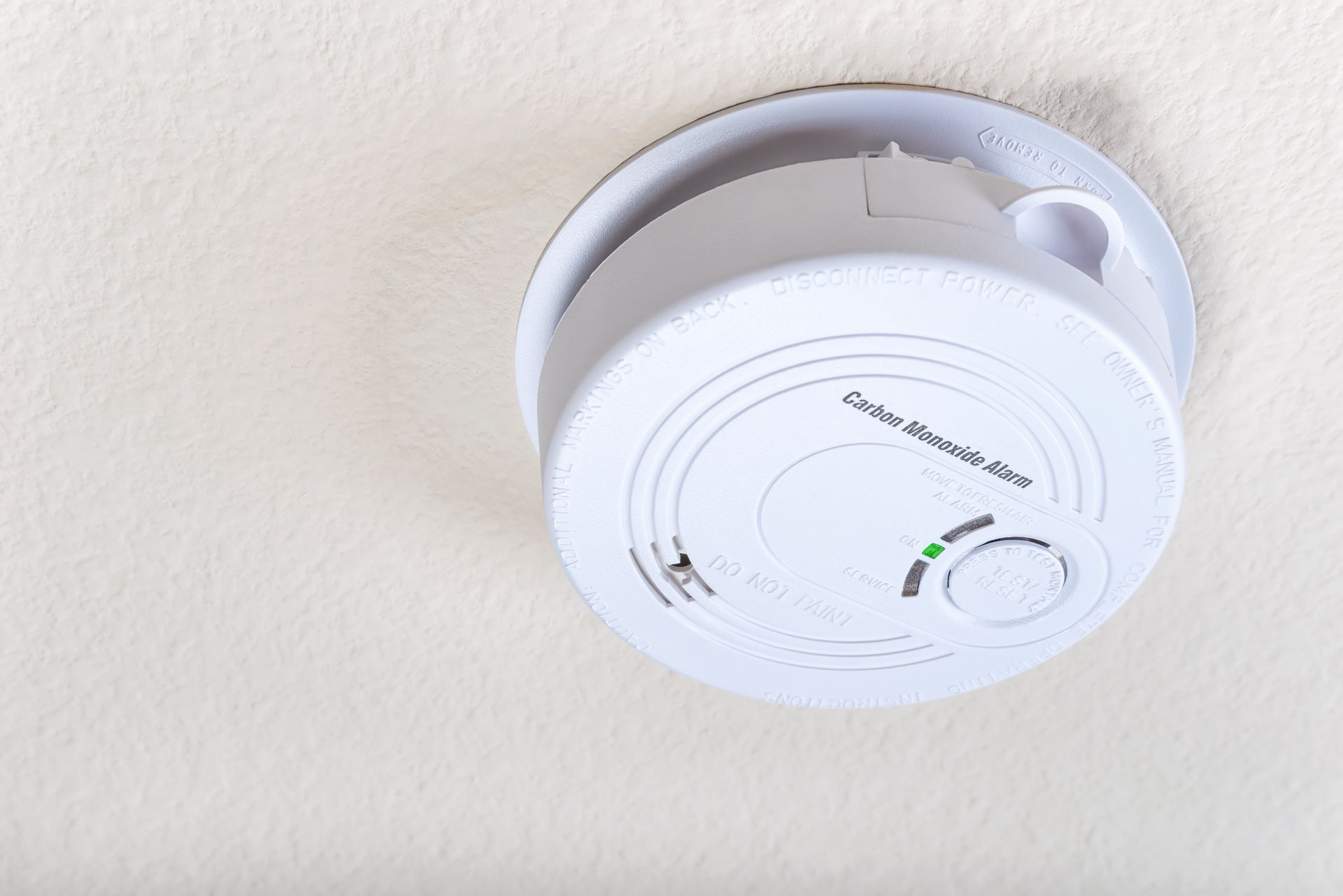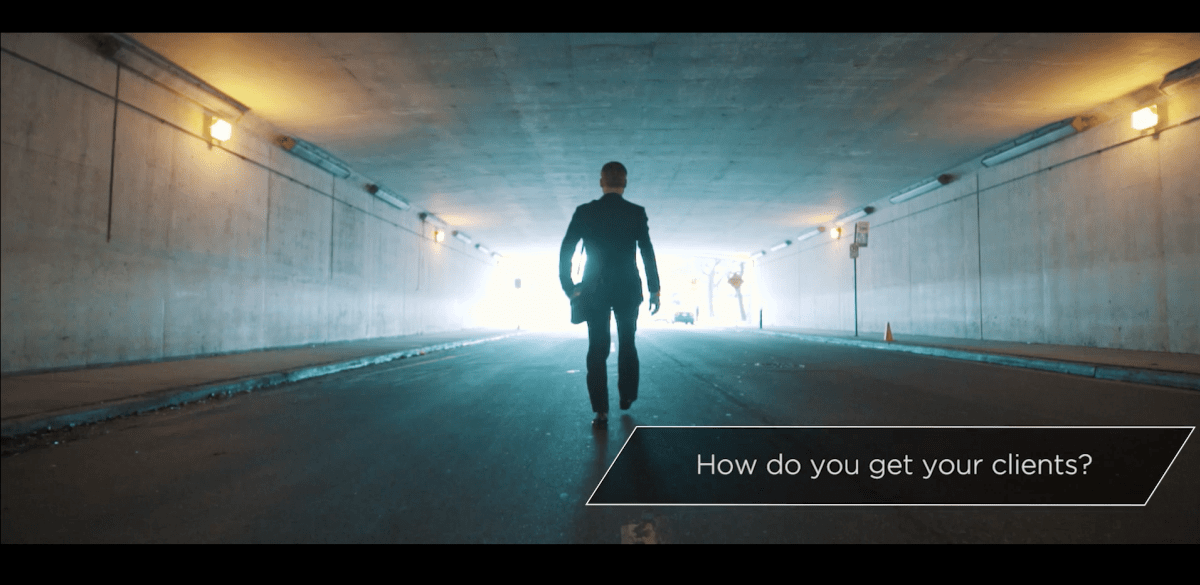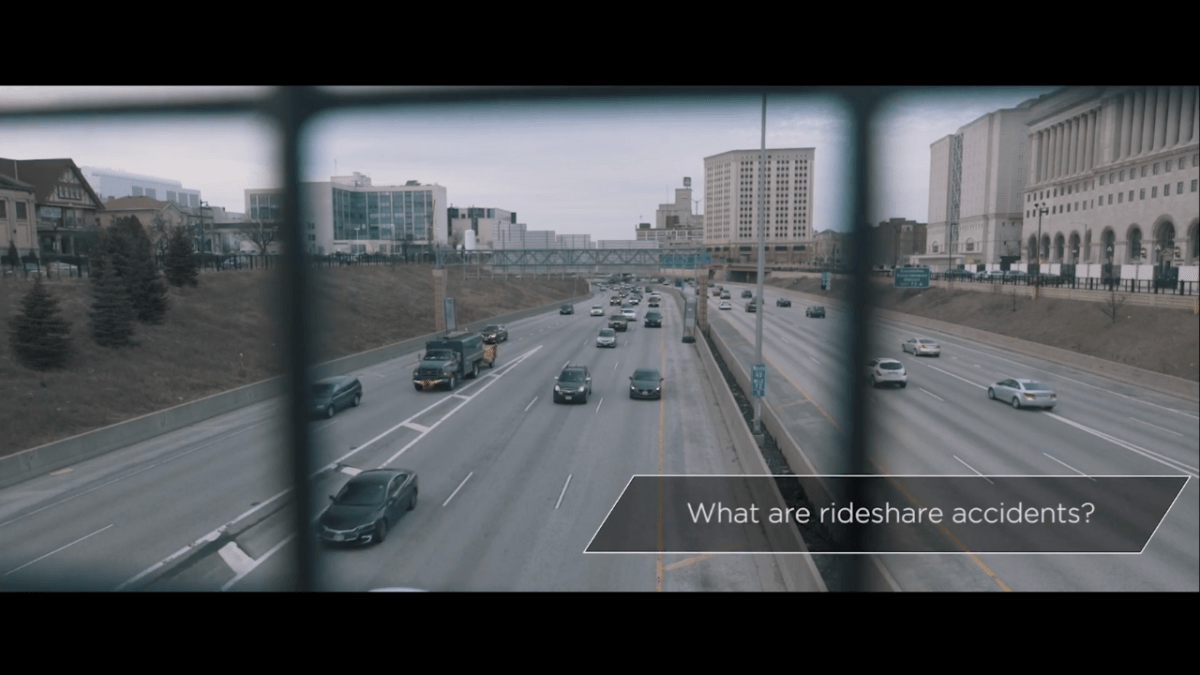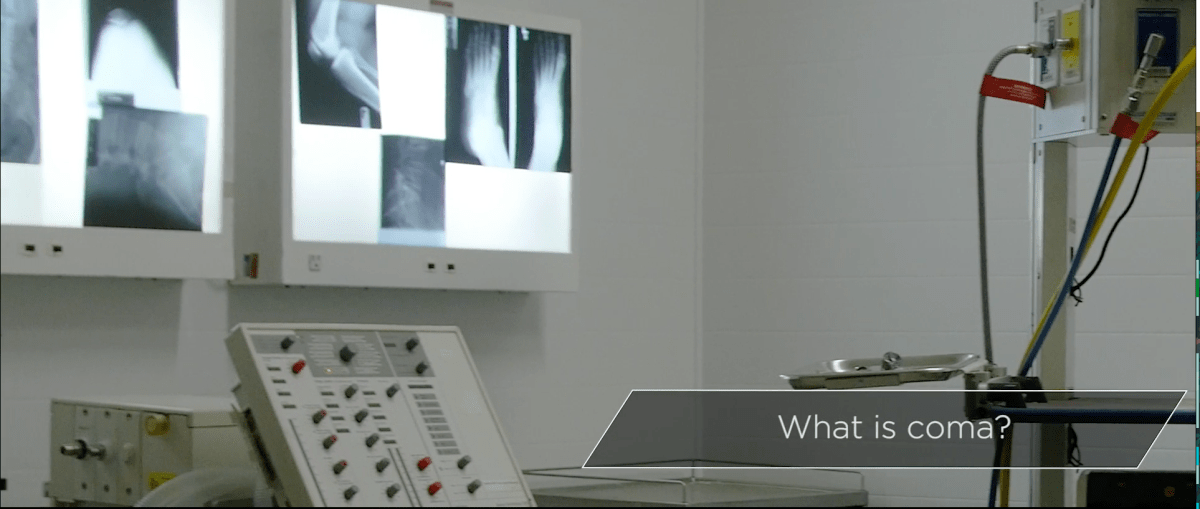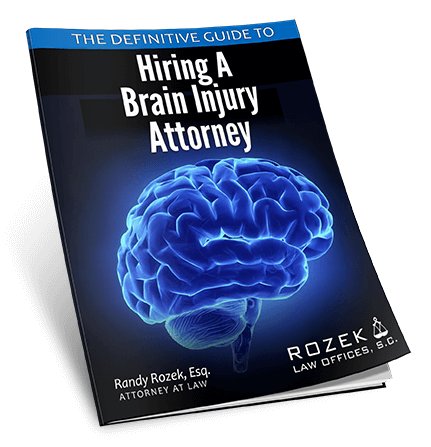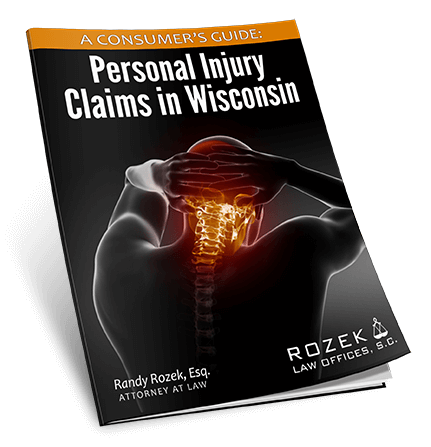Protect your family from carbon monoxide poisoning
Carbon monoxide is an odorless, colorless, and tasteless gas that is nearly impossible to identify without a proper detector. It is caused by fuels not burning completely – including wood, gasoline, coal, propane, natural gas, gasoline, and heating oil. Daylight Savings time is the perfect reminder to make sure your home has working smoke and […]
Carbon monoxide is an odorless, colorless, and tasteless gas that is nearly impossible to identify without a proper detector.
It is caused by fuels not burning completely – including wood, gasoline, coal, propane, natural gas, gasoline, and heating oil.
Daylight Savings time is the perfect reminder to make sure your home has working smoke and carbon monoxide detectors. State fire marshals suggest changing out the batteries this time of year.
Because carbon monoxide is so hard to detect, a carbon monoxide (CO) alarm can alert you if there’s some sort of leak you’re unaware of.
A carbon monoxide (CO) alarm is a time-weighted alarm, according to an article posted by Kidde United Technologies.
“The way a time-weighted alarm works is by measuring the buildup of carbon monoxide in a house. For a person to begin feeling the effects of carbon monoxide poisoning, they would need to be exposed to a carbon monoxide level of 50 parts per million (PPM) for eight hours.”
The response time from a carbon monoxide alarm is dependent on the level of carbon monoxide found in the air.
For example , an alarm will sound after three and a half hours of continuous exposure at a level of 50 PPM, yet will sound after eight minutes of continuous exposure at a level of 400 PPM.
Levels of carbon monoxide exposure range from low to dangerous, as described in the following list:
- Low level: 50 PPM and less
- Mid-level: Between 51 PPM and 100 PPM
- High level: Greater than 101 PPM if no one is experiencing symptoms
- Dangerous level: Greater than 101 PPM if someone is experiencing symptoms
To ensure your home or business has maximum protection, it’s important to have a CO detector on every floor, about five feet from the ground.
Carbon monoxide detectors can get the best reading of the air when they are placed five feet from the ground. They should also be placed near every sleeping area.
The most common symptoms of CO poisoning are headache , dizziness, weakness, upset stomach, vomiting, chest pain, and confusion, according to the Centers for Disease Control.
CO symptoms are often described as “flu-like.” If you breathe in a lot of CO it can make you pass out or even kill you. People who are sleeping or drunk can die from CO poisoning before they ever experience symptoms.
If your carbon monoxide alarm sounds, or you suspect you are experiencing symptoms of carbon monoxide poisoning, you should immediately leave your home and call 9-1-1, the article reads.

